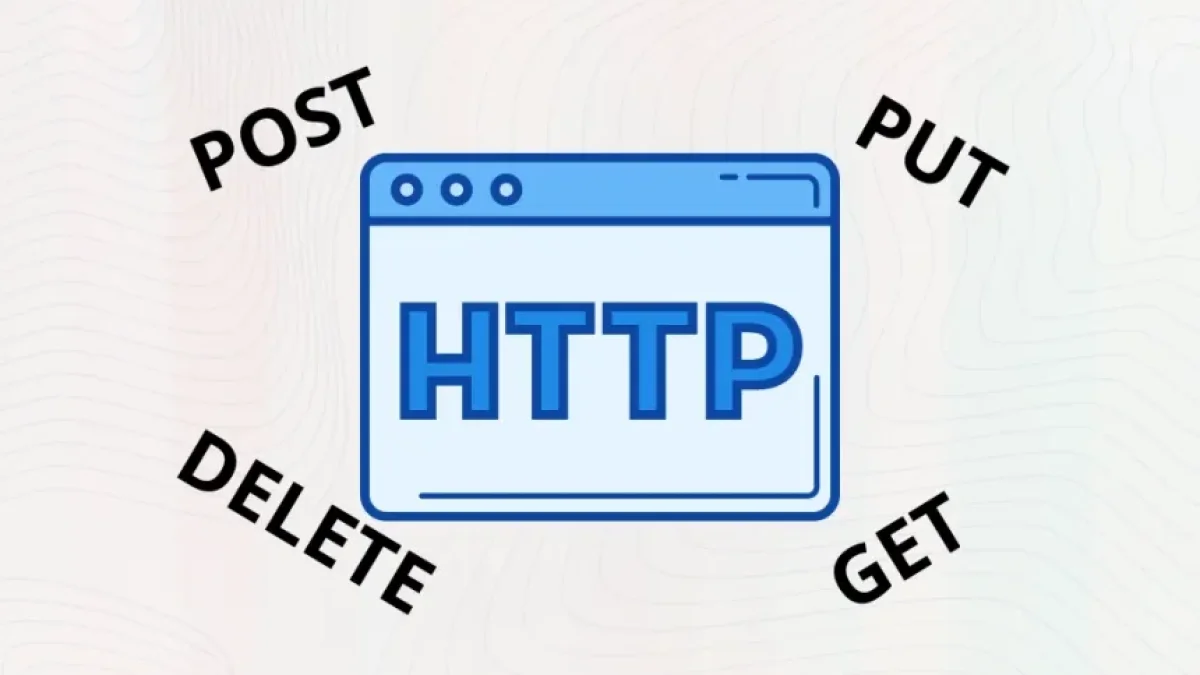What is the HTTP protocol and how does it work?


The HTTP (HyperText Transfer Protocol) protocol is the backbone of communication on the web. It enables the transfer of information in the form of resources, such as texts, images, and videos, between a web server and a client, typically a browser. In this article, we will explore in depth what HTTP is, its features, and how it functions in the day-to-day browsing experience.
History of the HTTP Protocol
The HTTP protocol was developed in the 1990s by Tim Berners-Lee as part of the creation of the World Wide Web. The first version, HTTP/0.9, was very simple and only allowed the transfer of plain text. With the rise of the web, the protocol evolved, resulting in more robust and complex versions, such as HTTP/1.0 and HTTP/1.1.
Evolution of HTTP Versions
- HTTP/0.9 (1991): Introduction of the protocol; only allowed the transfer of simple text documents.
- HTTP/1.0 (1996): Support for multimedia content, headers, and more complex request methods.
- HTTP/1.1 (1999): Improvements in efficiency, support for persistent connections, and content compression.
- HTTP/2 (2015): Introduction of stream multiplexing, header compression, and request prioritization.
- HTTP/3 (in development): Uses QUIC as transport, improving speed and security.
Structure of the HTTP Protocol
The functioning of HTTP is based on a client-server model. The client, which is usually a browser, sends requests to a web server, which in turn responds with the requested resources.
Read also
Components of an HTTP Request
An HTTP request consists of several elements:
- Method: Indicates the action to be performed (GET, POST, PUT, DELETE, etc.).
- URL: Points to the desired resource.
- Headers: Provide additional information about the request (content type, authentication, etc.).
- Body: Optional; contains additional data (in POST requests, for example).
Components of an HTTP Response
The server's response has a similar structure:
- Status Code: Indicates the result of the request (200 OK, 404 Not Found, 500 Internal Server Error, etc.).
- Headers: Information about the returned resource (content type, length, cache, etc.).
- Body: Contains the requested resource (HTML, JSON, XML, etc.).
How the HTTP Protocol Works
Basic Workflow
When a user enters a URL into their browser, the following process begins:
Read also
- Domain Resolution: The browser translates the URL into an IP address using the DNS (Domain Name System).
- Connection Establishment: A connection is established between the client and the server via TCP/IP.
- Sending the HTTP Request: The browser sends an HTTP request to the server.
- Server Response: The server processes the request and returns an HTTP response.
- Rendering: The browser receives the response and renders the content for the user to view.
Common HTTP Methods
The following are some of the most commonly used methods in HTTP:
- GET: Requests a resource.
- POST: Sends data to the server to be processed.
- PUT: Updates an existing resource.
- DELETE: Deletes a resource.
Security in HTTP
The standard version of HTTP does not provide encryption, which can expose transmitted data to security risks. To mitigate these risks, HTTPS (HTTP Secure) was introduced, which uses SSL/TLS to encrypt communication between the client and server.
Advantages of HTTPS
- Encryption: Protects information from eavesdropping and man-in-the-middle attacks.
- Integrity: Ensures that data is not altered during transmission.
- Authentication: Verifies that the server the client is connecting to is indeed the legitimate server.
Conclusion
The HTTP protocol is essential for communication on the web, facilitating the transfer of information between users and the sites they visit. With its various versions and the incorporation of security measures like HTTPS, HTTP continues to evolve to meet the needs of the modern digital world. Understanding how HTTP works is not only fundamental for web developers but also for any user who wishes to comprehend how information is delivered on the web.



















